(SPOT.ph) The computer keyboard is often the most used input device for laptop or desktop computer users. Next to a mouse, this input setup has been mostly unchanged since personal computers were introduced. Those who have been using computers since the '80s may notice the return of a staple PC peripheral: the mechanical keyboards.
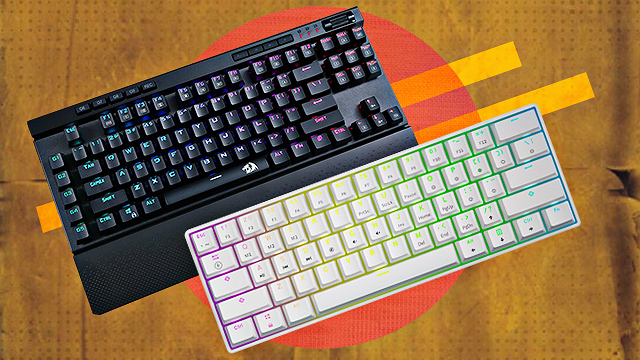
The most common type of keyboard found in most laptops and bundled with desktops are membrane keyboards, which is another type of keyboard. They are usually silent when you type, partly because of their construction: a dome-shaped rubber membrane sits below the keys and comes in contact with a circuit board when pressed. This simple technology is also found in other input devices such as game controllers. Because of its relatively inexpensive build, membrane keyboards have become the most common type of keyboards found in laptops and compact PC keyboards.
All About Mechanical Keyboards
Mechanical keyboards offer a lot of advantage over membrane keyboards. The first is positive tactile feedback. This is related to the core technology underneath mechanical keyboards. Each key has an encased spring-enabled mechanical switch. Pressing down on the keycap activates the switch underneath. For the user, there’s a satisfying click that can often be heard and felt.
There are three major types of mechanical switches, which are classified as linear, tactile, or clicky. Linear switches activate when fully pressed. Giving a half press activates a tactile switch while a clicky switch gives a click sound when activated, and there's no need to fully press a click switch to activate it.
Mechanical keyboards are often criticized because they are loud compared to membrane keyboards. They can be distracting to those who are used to standard keyboards. In mechanical keyboards, the positive feedback from the sound and the keypress let users type faster and more accurately without the mushy feel associated with membrane keyboards. There are also silent switches available for mechanical keyboards for those bothered with the sound.
The History of Mechanical Keyboards
For those new to mechanical keyboards, you'd often hear the term Cherry MX switch. These types of switches came out during the '80s and were made by a German company called Cherry. The Cherry switch became a standard for a long time with a lot of makers copied the design and mechanism. It became ubiquitous partly because the original patent has already expired, making it easy for other makers to manufacture. The Cherry MX switch and its variants are still the most popular type of mechanical keyboard switch. Other well-known switch makers are Kailh which has the reputation of making quality switches, Logitech, Razer, and SteelSeries. Logitech also makes Romer-G switches in partnership with well-known Japanese maker Omron.
Compared to a membrane keyboard, mechanical keyboards have a reputation for their robust build and durability. A keyboard with a Cherry MX switch can last from anywhere to 50 to 100 million keypresses or actuations. Membrane keyboards usually have a lifespan of 5 to 10 million.
If a part of a membrane keyboard gets damaged, the entire assembly may need to be replaced. With mechanical keyboards, individual keys can be detached and easily replaced. The keycaps on top of the switches can also be removed if they are worn out or if the user wants a more customized look with specially-colored keys. This alone makes mechanical keyboards extremely configurable. Most mechanical keyboards also have programmable RGB lighting and key customization.
Membrane keyboards have a hard time detecting which key is pressed when keys are pressed simultaneously. In mechanical keyboards, every keypress is registered even if they are pressed at the same time. This feature, called rollover, is especially useful in games where multiple keys need to be pressed.
Most mechanical keyboards are connected to computers via USB but there are also wireless models. For those just using it in a home or office setting, the wired keyboards are highly recommended.
Which Mechanical Keyboard to Get
In terms of price, mechanical keyboards cost more than the vanilla membrane keyboards but because of their durability and ease of switch replacements, they are a worthwhile investment.
The Redragon Rudra mechanical keyboard costs only P1,595 and for the price, you get full RGB lighting with a solid metal base and 50 million keystroke durability. Another entry-level mechanical keyboard is the Redragon K587 MAGIC-WAND ultra-compact mechanical keyboard, which retails for P2,195.
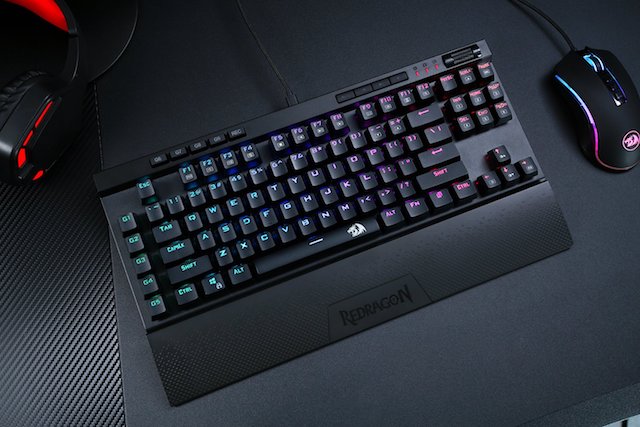
The MSI Vigor GK50 (P3,599) is a low-profile mechanical gaming keyboard with a sleek futuristic look. Those looking for a splash of color can check out the HK Gaming GK61 (P2,390) mechanical keyboard, which has multiple backlit mode and hotswappable switches.
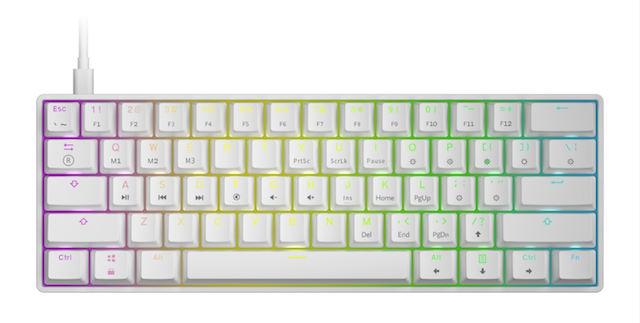
Gundam fans may want to pick up the Asus ROG Strix Scope TKL Gundam Edition mechanical keyboard for P5,795. It comes with a stealth key that can hide apps and mute audio with one keypress. Meanwhile, the Razer BlackWidow Lite is a silent mechanical keyboard with ultra-cool aesthetics that retails for P4,750.
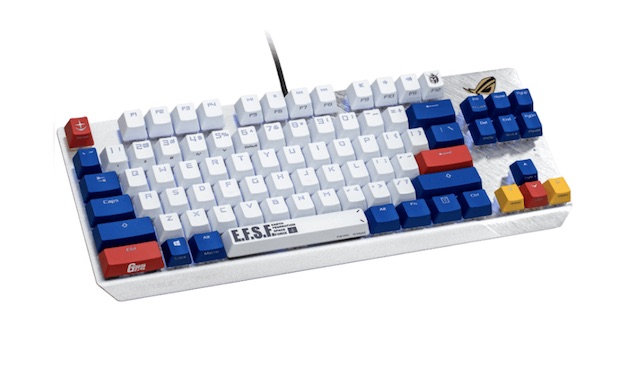
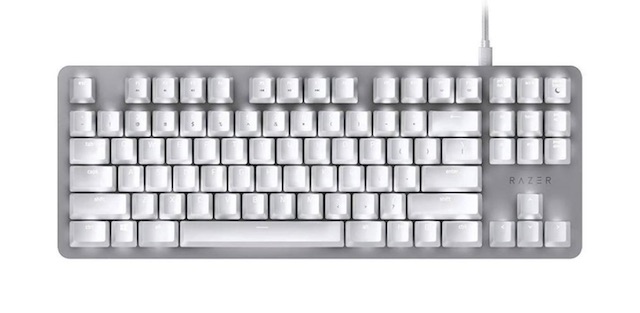
[ArticleReco:{"articles":["86100","86068","86095","86089"], "widget":"Hot Stories You Might Have Missed"}]
Hey, Spotters! Check us out on Viber to join our Community and subscribe to our Chatbot.
We are now on Quento! Download the app and enjoy more articles and videos from SPOT.ph and other Summit Media websites.
Source: Spot PH

No comments:
Post a Comment